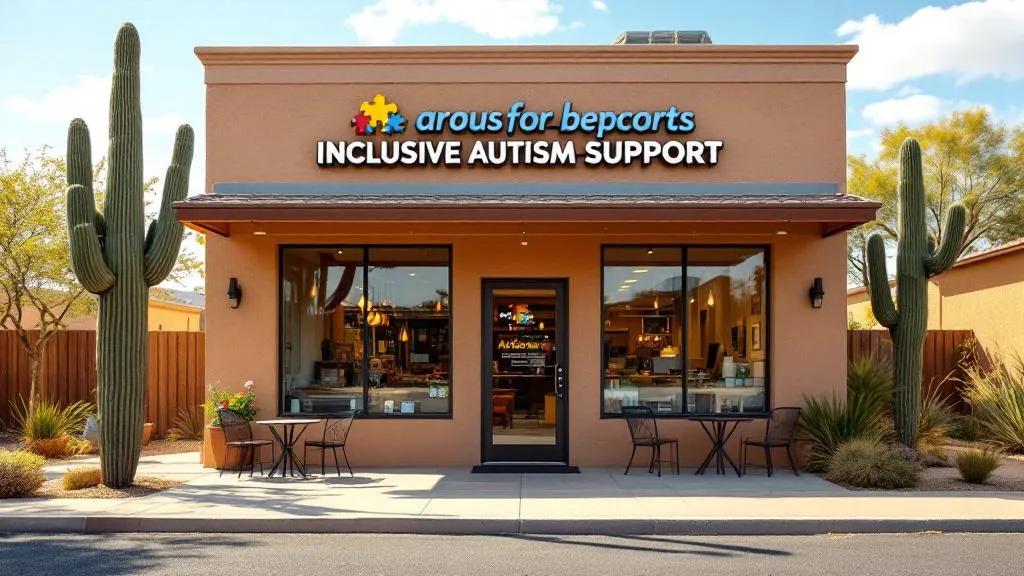Emotional Recognition Journey with ABA Therapy
Discover emotional recognition with ABA therapy to enhance emotional skills and social interactions for individuals with autism.
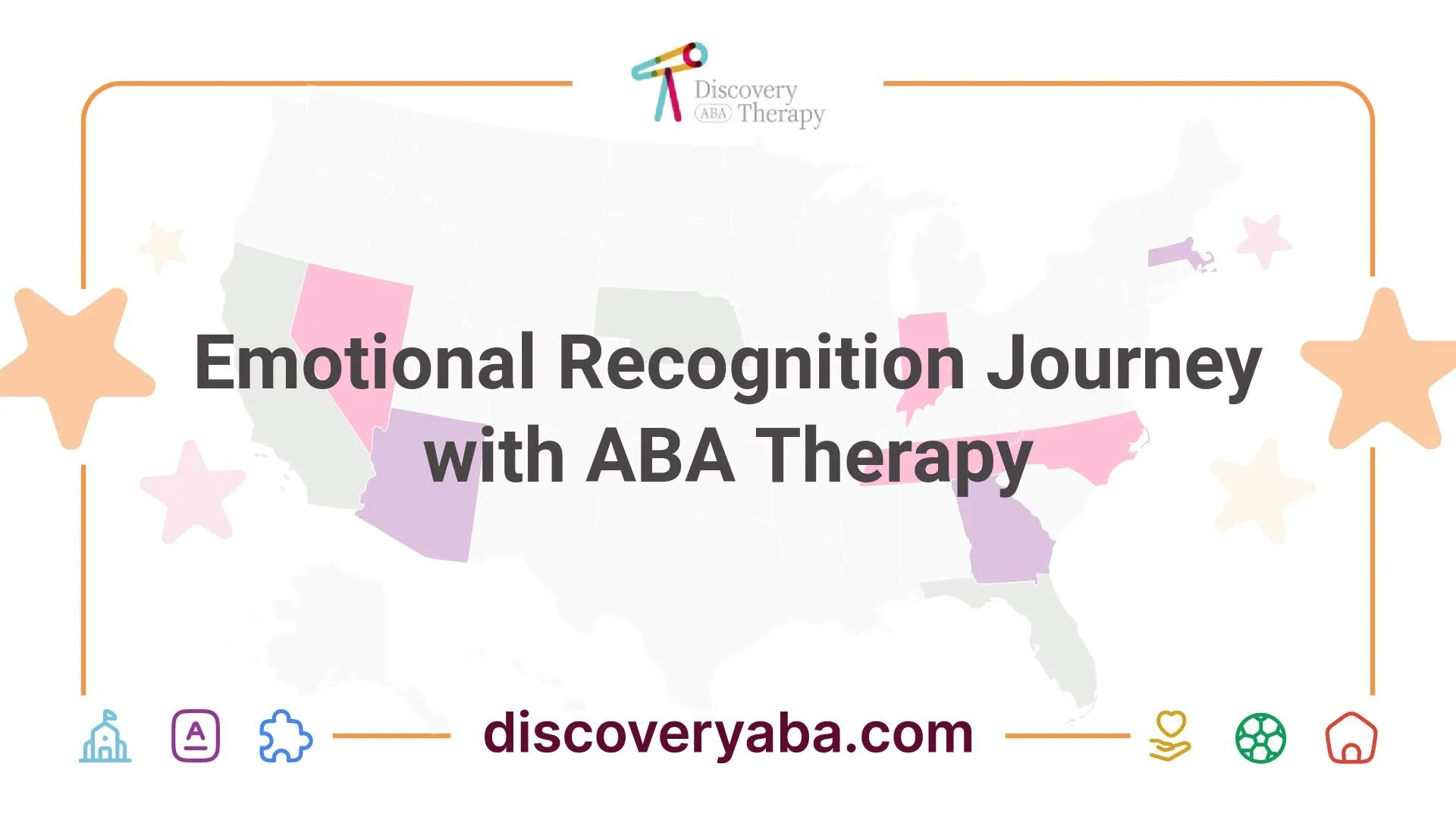
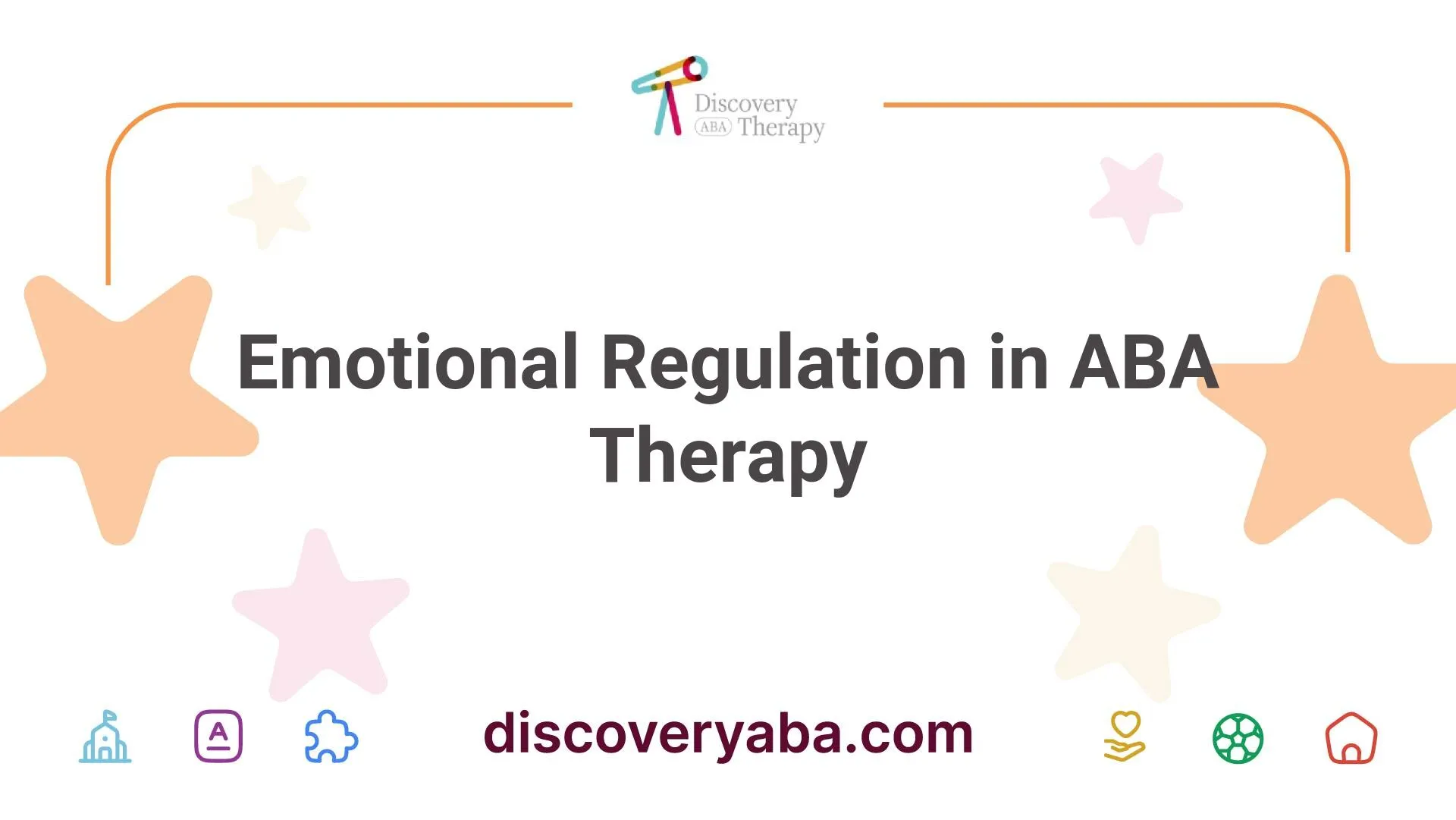
Emotional Regulation in ABA Therapy
Emotional regulation plays a vital role in the effectiveness of ABA therapy, especially for children with Autism Spectrum Disorder (ASD). This section discusses how ABA therapy enhances social interactions and manages behavioral issues.
Enhancing Social Interactions
Teaching emotions through ABA therapy can significantly improve social interaction skills for children with ASD. ABA techniques help children recognize and express their feelings, which is essential for engaging meaningfully with peers and adults. Effective social skills are crucial for social success, as highlighted in Chicago ABA Therapy.
Benefits of Enhanced Social Interactions
BenefitDescriptionImproved Peer RelationshipsChildren learn to navigate social situations better, leading to lasting friendships.Increased Communication SkillsEnhanced ability to express emotions directly improves overall communication.Positive Social ExperiencesBetter social skills lead to more positive interactions, reducing instances of social rejection.
Managing Behavioral Issues
ABA therapy aims to reduce behavioral issues by teaching children with ASD to identify and manage their feelings. This approach helps lower the occurrences of distress and improves overall behavior. Many behavioral challenges stem from emotional dysregulation, making emotion recognition vital for effective management.
Managing Behavioral Challenges
Behavioral ChallengeABA InterventionTantrumsTeaching coping skills and emotional identification.AggressionUsing positive reinforcement to promote calm behaviors.Self-InjuryDeveloping communication tools to express feelings rather than hurt themselves.
The emphasis on emotional recognition in ABA therapy allows children to learn how to cope with their emotions effectively. Techniques such as Discrete Trial Training (DTT), modeling, and role-playing are employed to teach these essential skills. By addressing emotional regulation deficits, ABA therapy becomes a powerful tool in managing behavioral issues and fostering emotional growth. For further insights into how ABA methods can support children with ASD, explore our articles on ABA for co-occurring mental health disorders and aba for challenging group behaviors.

Techniques Used in ABA Therapy
In ABA therapy, various techniques are employed to promote emotional recognition and expression among individuals, particularly those with Autism Spectrum Disorder (ASD). These methods are tailored to meet the unique needs of each child, ensuring effective learning and development.
Discrete Trial Training (DTT)
Discrete Trial Training (DTT) is a structured technique that breaks down learning into smaller, manageable components. Each trial involves three key elements: a prompt, a response, and a consequence. This method is particularly effective for teaching specific emotional concepts, allowing children to practice recognizing and expressing emotions in a controlled environment.
For example, a therapist may use DTT to help a child identify facial expressions associated with different emotions. By repeating trials with immediate feedback, children can gradually improve their emotional recognition skills.
Role-playing Exercises
Role-playing exercises provide an interactive way for children to practice emotional recognition and expression. In these scenarios, children enact various social situations, allowing them to explore how different emotions manifest and how to appropriately respond to them.
Role-playing can also involve modeling behaviors, where the therapist demonstrates specific responses to emotional situations. This practice enhances the child's social skills, better preparing them for real-life interactions. By engaging in role-play, children can experience a safe space to explore their feelings and those of others, contributing to their emotional development.
Visual Supports Implementation
Visual supports, such as pictures, charts, and social stories, are powerful tools in ABA therapy for promoting understanding of emotions. These aids help in breaking down complex concepts into simpler, more digestible pieces of information.
For instance, visual cues can show different facial expressions linked to emotions, making it easier for children to identify feelings in themselves and others. These supports are especially beneficial for children who may struggle with abstract concepts, enabling them to grasp emotional expressions more confidently.
Utilizing visual supports alongside other techniques fosters a comprehensive approach to developing emotional recognition skills. Children are better equipped to relate to their emotional experiences and those of their peers, ultimately enhancing their social interactions.
Through implementing these strategies, ABA therapy can significantly impact a child's ability to recognize and express emotions effectively, fostering personal growth and improved social skills. For further insights on how ABA addresses different emotional and behavioral challenges, explore our articles on teaching social cues with aba and aba for academic transitions in autism.
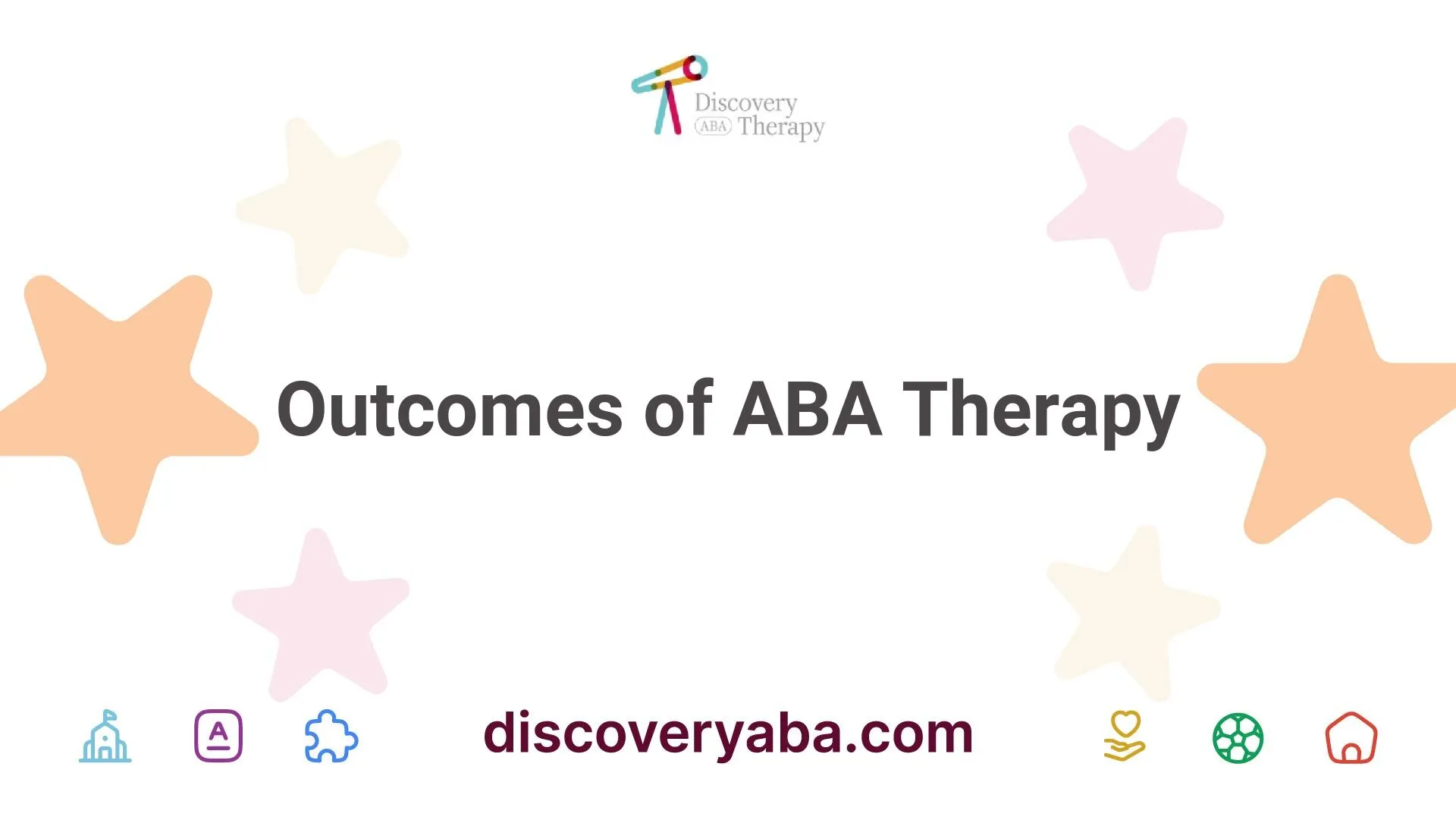
Outcomes of ABA Therapy
The application of Applied Behavior Analysis (ABA) therapy has shown significant positive outcomes for individuals diagnosed with Autism Spectrum Disorder (ASD). The benefits of ABA therapy encompass various aspects of emotional and social development, providing substantial improvements in emotional recognition and management.
Improved Emotional Intelligence
Through targeted techniques, ABA therapy cultivates better emotional recognition and regulation among children with ASD. Children who grasp and manage their emotions exhibit greater confidence in their abilities, which often leads to increased independence in daily activities and learning experiences. This newfound emotional intelligence allows them to navigate social interactions more effectively and understand the feelings of others.
OutcomeDescriptionEnhanced Emotion RecognitionChildren identify their own emotions and respond to emotions expressed by others.Increased ConfidenceBetter emotional management fosters a sense of self-assurance in various activities.Greater IndependenceWith emotional skills, children engage more readily in independent tasks and play.
Enhanced Coping Skills
ABA therapy techniques not only focus on recognizing emotions but also teach individuals valuable coping strategies. These skills enable them to manage difficult emotions, reducing the likelihood of behavioral outbursts and promoting emotional well-being. Strategies such as modeling and role-playing are instrumental in helping children learn to cope with stressors and emotional challenges.
Coping StrategiesBenefitsBreathing TechniquesHelp to calm anxiety and provide immediate relief in stressful situations.Positive ReinforcementEncourages the use of appropriate responses to emotions.Social StoriesPrepare children for emotional situations they may encounter in daily life.
Increased Social Participation
Improved emotional intelligence and coping skills contribute significantly to enhanced social participation. Children become more adept at interacting with peers and adults, leading to better social relationships and an improved overall quality of life. As children's abilities to recognize and articulate their emotions grow, they can engage more fully in social contexts, whether it's during school, playdates, or family gatherings.
Social OutcomesDescriptionBetter Peer RelationshipsImproved communication skills lead to stronger connections with peers.More Participation in Group ActivitiesChildren feel comfortable joining group play or collaborative tasks.Enhanced Family RelationshipsAbility to express emotions positively impacts family dynamics.
The outcomes of ABA therapy in emotional recognition are profound, providing children with the tools necessary for emotional growth and development. The focus on enhancing emotional intelligence, coping skills, and social participation collectively contributes to a brighter future for children with ASD and their families. For related topics, such as teaching social cues with ABA or addressing co-occurring issues, check our other resources.
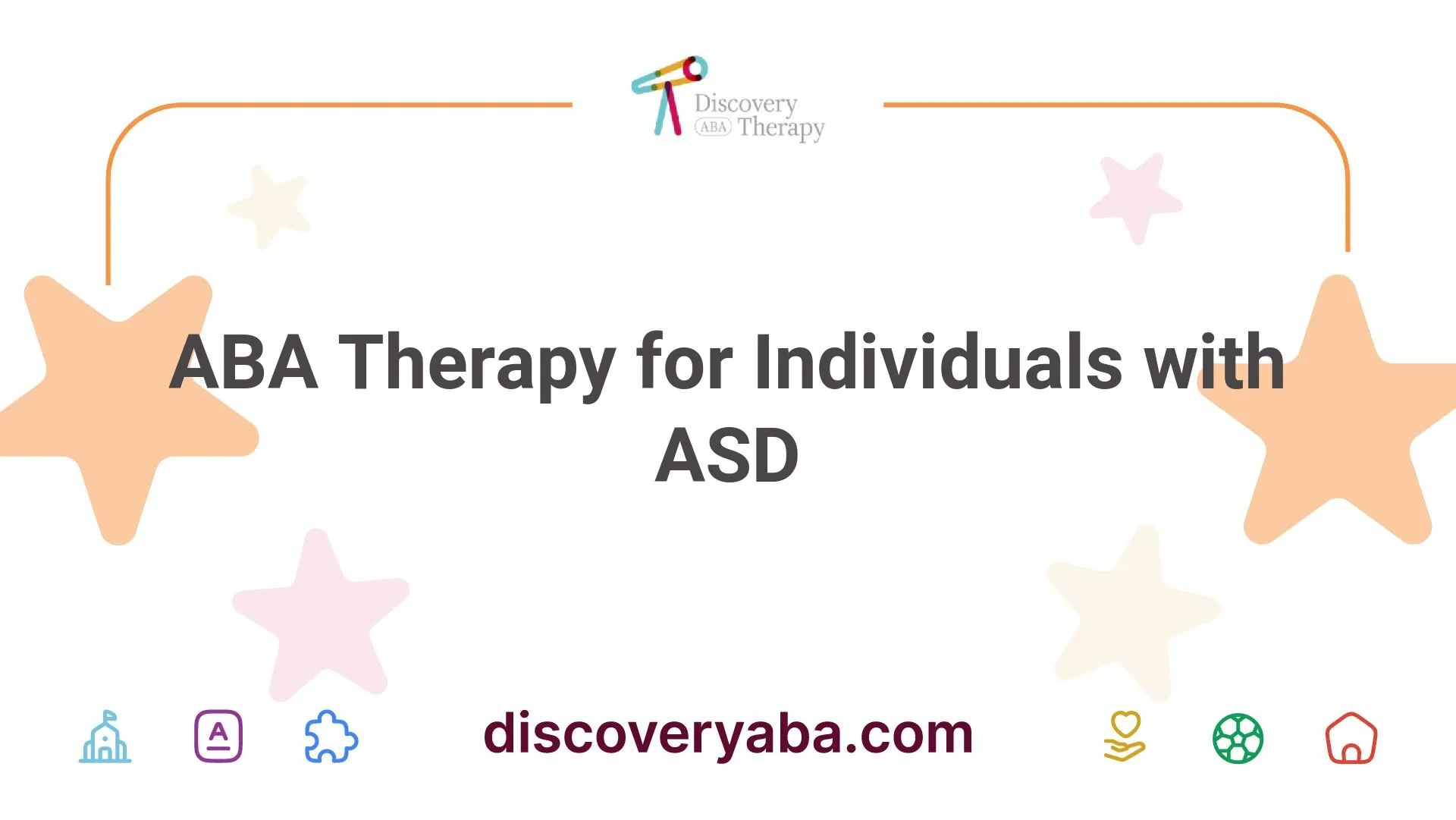
ABA Therapy for Individuals with ASD
ABA therapy is specifically designed to meet the unique needs of individuals with Autism Spectrum Disorder (ASD). This individualized approach enhances the effectiveness of the therapy process, enabling better emotional recognition and regulation through tailored treatment plans and a focus on positive reinforcement.
Tailored Treatment Plans
Each treatment plan in ABA therapy is customized based on a thorough assessment of the individual's needs. This approach not only involves the person with ASD but also engages caregivers and other family members. The treatment plans typically include assessment, treatment sessions, and caregiver training to help maintain desirable behaviors across different environments such as home, school, and the community. This comprehensive plan allows for continuity in the application of strategies learned during therapy.
Components of Tailored PlansDescriptionAssessmentIdentifying specific needs and behaviors to target.Treatment SessionsImplementing strategies and techniques in various settings.Caregiver TrainingEquipping family members with tools to support the individual effectively.
By personalizing these components, ABA therapy aims to maximize the outcomes for each individual, leading to improvements in emotional regulation and social skills.
Focus on Positive Reinforcement
Positive reinforcement plays a crucial role in ABA therapy. By rewarding desired behaviors, therapists can encourage individuals with ASD to engage in activities that promote emotional recognition and regulation. This technique is considered the "gold standard" in autism treatment according to extensive research, which links positive reinforcement with improvements in specific skills and a decrease in problematic behaviors.
Positive Reinforcement BenefitsExamplesEncourages Desired BehaviorGiving praise or tangible rewards when the individual expresses emotions appropriately.Decreases Problematic BehaviorsProviding incentives to avoid behaviors such as aggression or withdrawal.Enhances LearningUsing rewards to motivate participation in social interactions or communication activities.
The efficacy of this approach is backed by over 30 years of research demonstrating that ABA interventions can lead to significant improvements in communication skills, social engagement, and overall adaptive behaviors for individuals with ASD [3].
Implementing tailored plans and focusing on positive reinforcement are fundamental aspects of effective ABA therapy for emotional recognition in individuals with autism. For more information on related topics, such as addressing self-stimulatory behaviors with ABA or teaching social cues with ABA, please explore further resources.
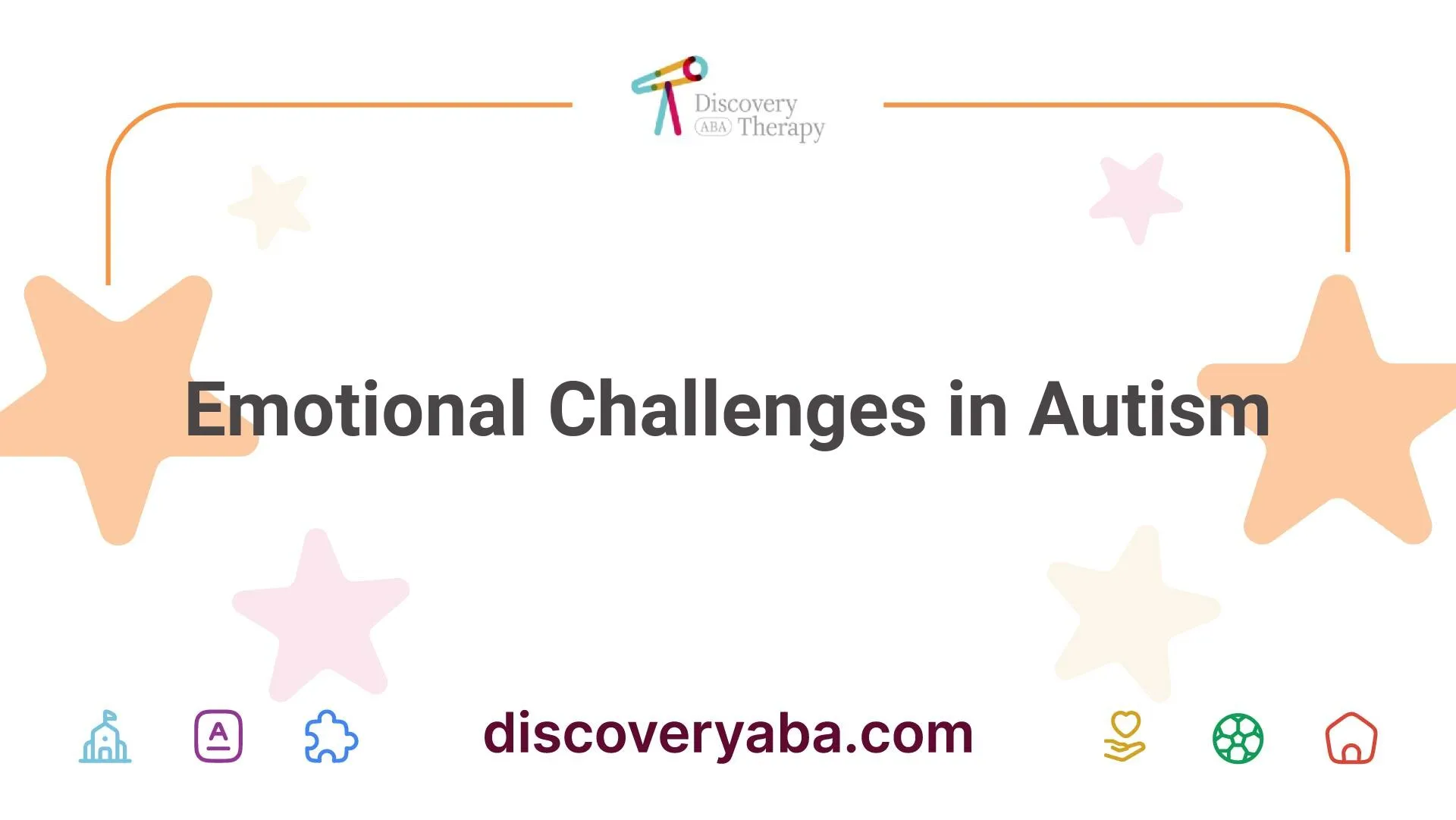
Emotional Challenges in Autism
Understanding the emotional challenges faced by individuals with Autism Spectrum Disorder (ASD) is crucial for parents and caregivers. These challenges can significantly impact emotional recognition and expression.
Recognizing and Expressing Emotions
Autistic individuals often experience difficulties in recognizing and expressing emotions. This struggle can stem from brain differences that affect emotional regulation, leading to confusion and frustration. Children with ASD may have characteristics such as alexithymia, which involves challenges in identifying and describing emotions. These deficits may hinder their ability to understand social cues and engage in healthy emotional communication.
Evidence suggests that emotion recognition is closely linked to social functioning, revealing a negative association with both alexithymia and autism symptoms. Effective emotion regulation can be compromised by impulsivity, impaired inhibition, and differences in arousal and neural circuitry [4]. Furthermore, external societal pressures can further exacerbate these difficulties, often leading autistic individuals to suppress their emotions or hide their traits [5].
ChallengeDescriptionAlexithymiaDifficulty in identifying and describing emotions.ImpulsivitySudden emotional outbursts without self-control.Social Cue RecognitionIssues in picking up on visual and auditory social signals.
For more insights on teaching social cues, explore our article on teaching social cues with aba.
Importance of Early Intervention
Early intervention plays a pivotal role in supporting social-emotional development for children with ASD. Research indicates that starting interventions as early as 2 or 3 years old can lead to long-term positive effects on emotional skills and overall symptoms. The increased plasticity of the brain during early childhood allows for effective alterations in behavior and emotional recognition [5].
By recognizing and addressing emotional challenges early, parents and caregivers can help individuals with ASD develop coping strategies and emotional skills that foster better emotional regulation and social interactions. The overall impact of early intervention cannot be overstated, as it can significantly alter the trajectory of a child’s development, leading to improved outcomes in various life areas, including personal and academic transitions.
For further guidance on early interventions, consult our resource on aba for early childhood autism.
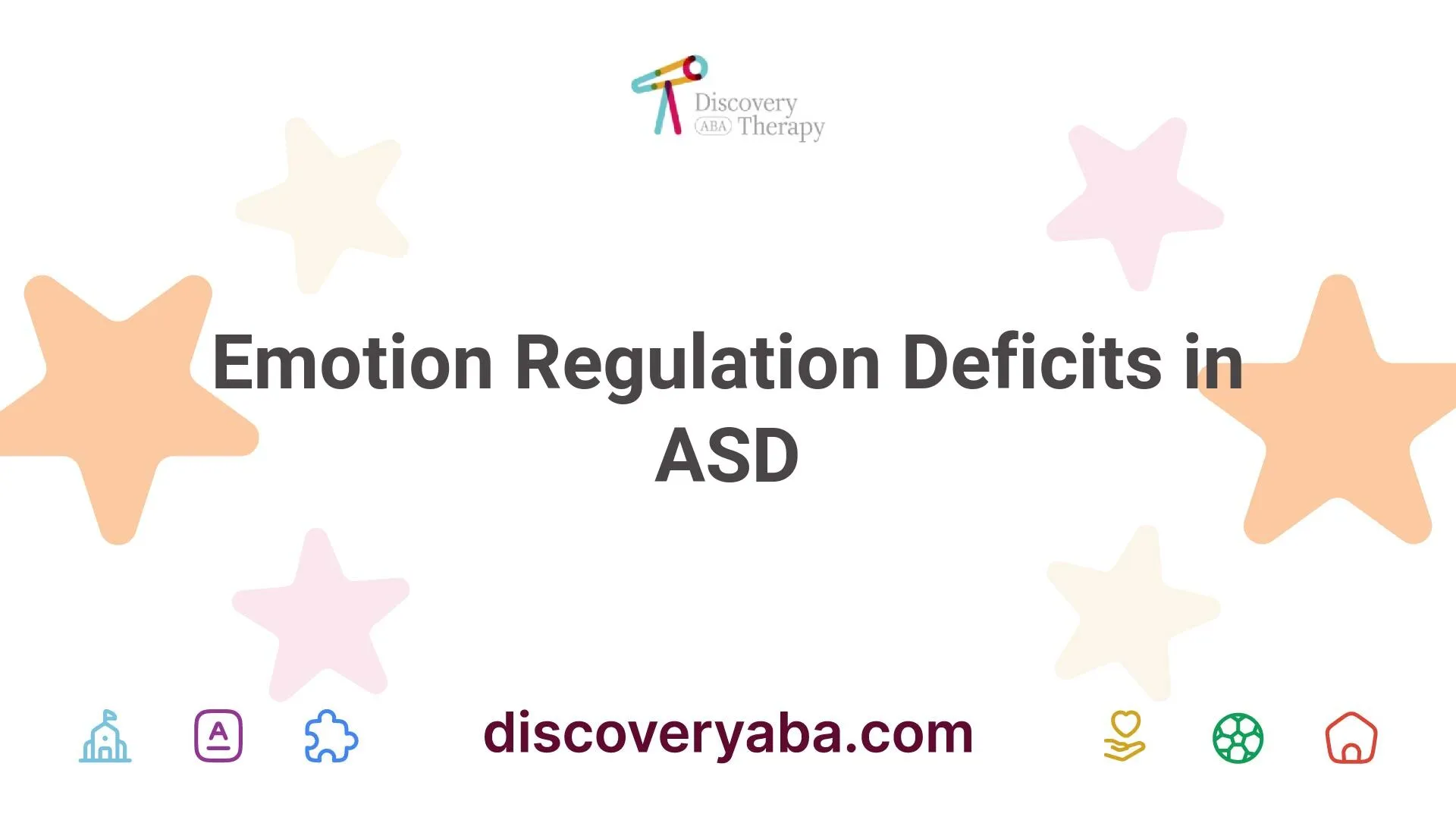
Emotion Regulation Deficits in ASD
Individuals with autism spectrum disorder (ASD) often face significant challenges regarding emotion regulation. Understanding these challenges is crucial for parents and caregivers seeking effective strategies within the framework of emotional recognition with ABA therapy.
Impact on Behavioral Disturbances
Impaired emotion regulation (ER) can be a more concise explanation for severe behavioral disturbances frequently observed in individuals with ASD. These deficits may lead to serious behavioral issues such as tantrums, uncontrolled outbursts, aggression, and self-injury. Characteristics of ASD, including alexithymia—the difficulty in identifying and describing emotions—and theory of mind deficits often interfere with effective emotion regulation. Other factors such as social and cognitive challenges, impulsivity, and differences in arousal and neural circuitry further complicate emotion management in these individuals.
Common Behavioral Disturbances
Behavioral DisturbanceDescriptionTantrumsEmotional outbursts often triggered by frustration or inability to communicate needs.Uncontrolled OutburstsSudden expressions of anger that may not align with the situation.AggressionPhysical or verbal harm directed towards others.Self-InjuryHarmful actions directed at oneself, often as a response to emotional distress.
The connection between emotion regulation deficits and these behavioral disturbances underscores the need for targeted interventions.
Role of Cognitive-Behavioral Therapy (CBT)
Cognitive-behavioral therapy (CBT) is a prominent psychosocial approach for individuals with ASD and often includes techniques to address emotion regulation deficits. However, the degree to which emotion regulation training is included in CBT can vary widely.
CBT can help individuals develop strategies for recognizing and managing their emotions effectively. Techniques such as increasing cognitive flexibility, mindfulness practices, acceptance-based approaches, and even elements of dialectical behavior therapy (DBT) may be beneficial for improving emotion regulation in ASD.
Potential Strategies in CBT
StrategyDescriptionCognitive FlexibilityEnhancing the ability to adapt thoughts and behaviors in response to changing situations.MindfulnessIncreasing awareness of present emotions without judgment, helping to regulate responses.Acceptance-Based ApproachesTeaching individuals to accept their feelings and thoughts as they arise, reducing the impact of negative emotions.Dialectical Behavior Therapy (DBT)Combining cognitive and behavioral techniques with mindfulness strategies for emotional management.
Research on the efficacy of emotion regulation-focused interventions for individuals with ASD is somewhat limited, indicating that more evidence-based tools for accurately assessing emotion regulation are needed. Observational methods and mindfulness-based interventions are also plausible strategies to improve emotion regulation and help mitigate behavioral disturbances.
By understanding these deficits and utilizing approaches like CBT, parents and caregivers can play a significant role in helping individuals with ASD enhance their ability to recognize and manage emotions effectively, leading to better outcomes in their daily lives.
References
[2]:
[3]:
[4]:
[5]:
[6]:
Does Your Child Have An Autism Diagnosis?
Learn More About How ABA Therapy Can Help
Find More Articles
Contact us
North Carolina, Tennessee, Nevada, New Jersey, Utah, Virginia
New Hampshire, Maine
Massachusetts, Indiana, Arizona, Georgia
.avif)


